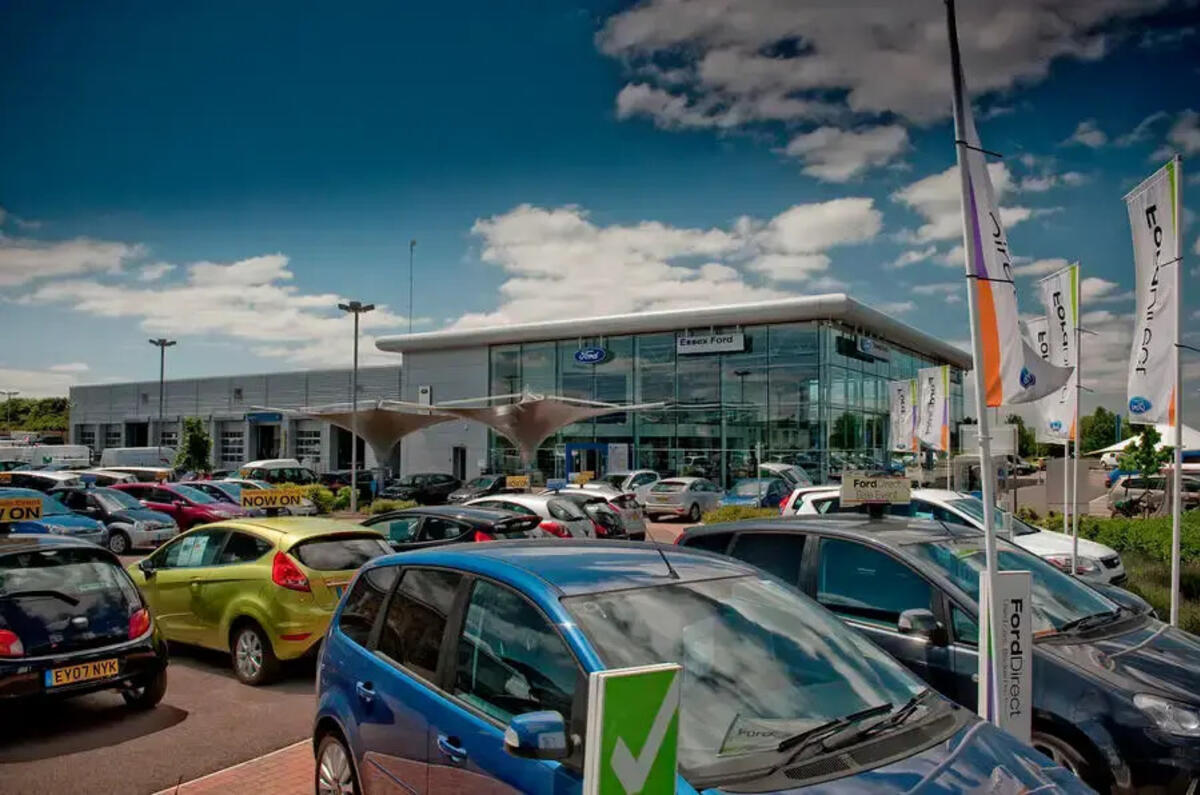From servicing and repairs to customer care and warranty work, aftersales is the margin-rich lifeblood for dealerships and their in-house service teams. But, as electric vehicles (EVs) continue to fly off forecourts, dealer groups and OEMs are facing new and unique challenges when it comes to the maintenance of these new models.
Unlike the relatively extensive aftercare required for the upkeep of traditional internal combustion engine (ICE) models, EVs generally need less looking after. They have fewer moving parts, longer service intervals and near-impeccable reliability records. But they also present new challenges around training, safety, infrastructure and supply chains.
So, the question is: what exactly does the future of aftersales look like in the electric era, and can it remain a profitable enterprise?
To answer those questions (and more), we partnered with Keyloop – the global technology provider of automotive retail software who helps dealerships and OEMs deliver better, stronger and more connected experiences – to invite a select group of industry leaders to an hour-long summit to discuss the biggest challenges facing the world of aftersales, now and in the coming years.
Host Matt Prior, Autocar’s editor-at-large, was joined by Lisa Brankin, Managing Director of Ford of Britain and Ireland, Mark Busby, Director of Commercial Operations at dealer group Hendy, and Tom Kilroy, CEO of Keyloop. Follow the link below to watch the on-demand webinar.
Watch on-demand the Autocar Business Live webinar 'Leaders' summit: future of aftersales'
Learn how Keyloop can transform your customer experience
A tricky transitional period
As anyone working in automotive will know, the transition from petrol and diesel to electric is arguably the biggest transformation in the industry’s 100-year-plus history.
The fast-accelerating move to hybrid and electric models has changed much about what drivers know and expect from car ownership – from refuelling and connected technology to costs. But it has also introduced plenty of changes for the industry in terms of aftersales and maintenance.
As Lisa Brankin, Managing Director of Ford of Britain and Ireland, explains, this shift in the landscape has sparked a complex juggling act for dealer groups and manufacturers alike. “One of the biggest challenges our dealer network is facing is having to manage electrified vehicles alongside ICE models and all of our other products,” she explained on our exclusive Autocar Business webinar.


